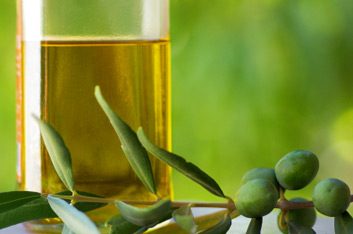
Is fat good for you?
No one would blame you if you admitted to being confused about whether fat is good, bad or both. Conflicting information leaves us wondering whether we should avoid fat or embrace it.
In reality, it’s both.
The fats in the typical North American diet, like trans-fat, hydrogenated oils, saturated fats and some tropical oils can lead to an imbalance, chronic inflammation and disease, and should be avoided.
But olive, nut, grain and seed oils, unprocessed vegetable oils and non-hydrogenated oils-as well as these new options-are full of good-for-you fats that we should eat every day.
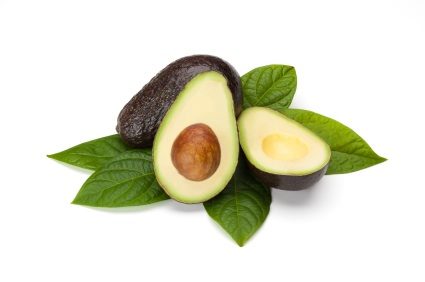
Avocado
Bright green in colour, with a unique, piquant flavour, avocado oil is perfect as a finishing drizzle or dip.
Why it’s good for you: Lutein (good for eye health) and chlorophyll (antioxidant).
How to eat it: Avocado oil is a natural in guacamole, salsas and chili. It’s also great in vinaigrette.
Where to get it: This oil is easier to find every day. Look in health food shops and most major grocers.
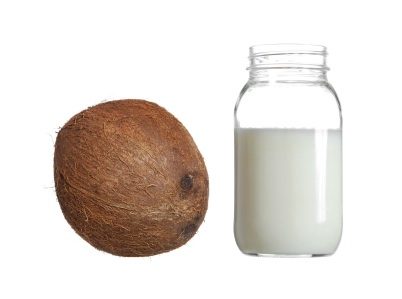
Coconut
No longer just for the beach, coconut oil or butter is fast becoming the go-to fat for vegans and healthy dessert lovers. It’s pure white, soft at room temperature or solid and crumbly when cold, with a strong coconut flavour.
Why it’s good for you: Great as a vegan fat in raw food desserts because its cools to a solid. It’s still being studied, but it’s purported to be a great anti-bacterial, rich in vitamins K and E and iron. Some even suggest it can help with weight management, since it reduces stress on the endocrine system.
How to eat it: Because it really does taste strongly of coconut, it’s best used in desserts or tropical and Asian recipes, such as curries, noodle dishes and to fry fish fritters.
Where to get it: Available at most health food shops, Asian and Caribbean speciality shops and some large grocery stores.
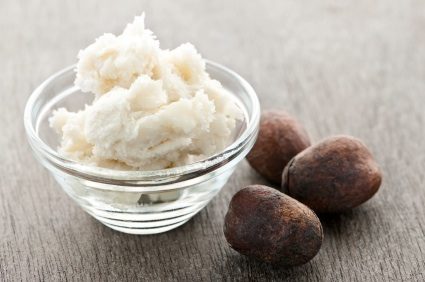
Shea Butter
Most of us are more familiar with shea butter as a skin treatment, but it is edible, (just don’t run off and taste your body butter – it might be perfumed). Pressed from the nut of the African shea tree, the slightly smoky tasting oil has been a traditional cooking fat in its homeland for centuries and is an ingredient in modern chocolate making.
Why it’s good for you: It’s rich in vitamins E and A, as well as antioxidants, but only in its pure, unrefined state. It’s good Karma too. Look for free trade or visit: http://thesheaproject.org to find out why using shea butter helps people in Africa.
How to eat it: Shea butter is crumbly and gritty at room temperature. Before you can bake or cook with it, it must be gently heated to soften or liquefy.
Where to get it: Finding food grade shea isn’t easy. Try high-end speciality grocers, health food and organic shops or buy online.
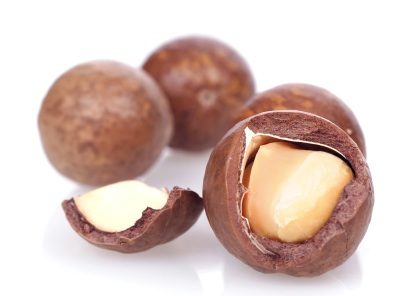
Macadamia
We love them in cookies because of the way the big, soft nuts just melt in our mouths. And that’s because they’re full of good fat! Native to Australia, the first commercial crop was planted in Hawaii in the 1920s and has become a classic tourist treat.
Why it’s good for you: Macadamia nut oil boasts extremely high levels of monounsaturated fatty acids – good fats – and may help lower cholesterol levels. It’s high in vitamin E and antioxidants and the all-important ratio between omega 3 and omega 6 fatty acids falls within the ideal range of approximately one to one. But don’t share with Fido: macadamias are poisonous to dogs.
How to eat it: With a very high smoking point, this oil is great for sautéing and stir-frying.
Where to get it: Also a little harder to find than some oils, try fancy food and health food shops – or visit Hawaii, of course!
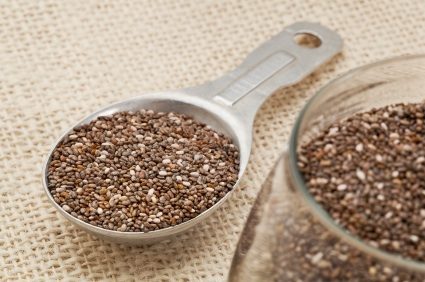
Chia
Native to Mexico and now grown all over Mexico, Central and South America, it’s also known as salvia and is much better for you as food than décor.
Why it’s good for you: Chia oil is very high in omega 3 fatty acids.
How to eat it: Chia oil is a rich, viscous oil with a strong, nutty flavour, best for dipping bread, in vinaigrettes and as a finishing drizzle with fish and veggie dishes.
Where to get it: Chia oil isn’t too common, so look for it in high-end grocers and health food stores.
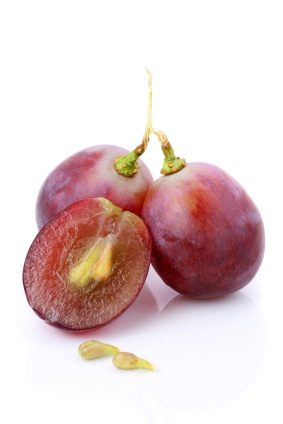
Grapeseed
A European staple for generations, grapeseed oil has finally not only made it to our shores, but our own grape growers are pressing the pristine stuff locally. Crystal clear in pretty soft green and ever so lightly flavoured; it’s versatile enough to be an everyday oil.
Why it’s good for you: Studies suggest that grapeseed oil can help lower bad cholesterol (LDL) levels and raise levels of the good kind (HDL). There is also evidence that it may help repair arterial walls.
How to eat it: With a fairly high smoking point, it’s great for cooking and with its neutral flavour it works well in baking.
Where to get it: Most grocery stores, especially Italian and Mediterranean shops and health food stores.
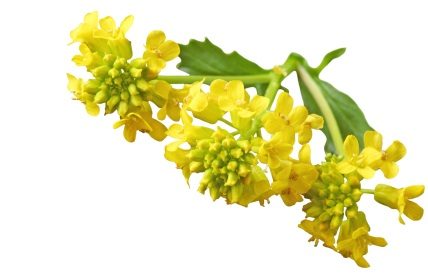
Camalina
A member of the Brasica family – broccoli, mustard, cabbage – this plant has been consumed in Europe for about 3000 years, but debuted in Canada only a few years ago.
Why it’s good for you: This golden oil has exceptionally high levels of omega-3 fatty acids, so it’s great for vegetarians and those who don’t eat fish. It’s full of vitamin E and antioxidants, too.
How to eat it: If you like the flavour of broccoli and cauliflower this will be love at first bite. With a flavour reminiscent of cauliflower in cheese sauce, save this rare treat for dipping and drizzling.
Where to get it: Very new to the Canadian market, mail order might be your best bet but do check fancy food shops.
Related
• Trans fat 101
• Why we crave fat
• 5 reasons to eat more avacados
